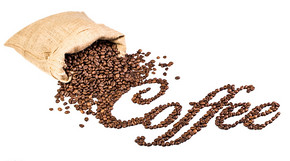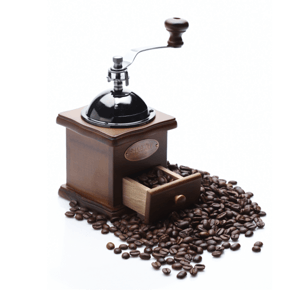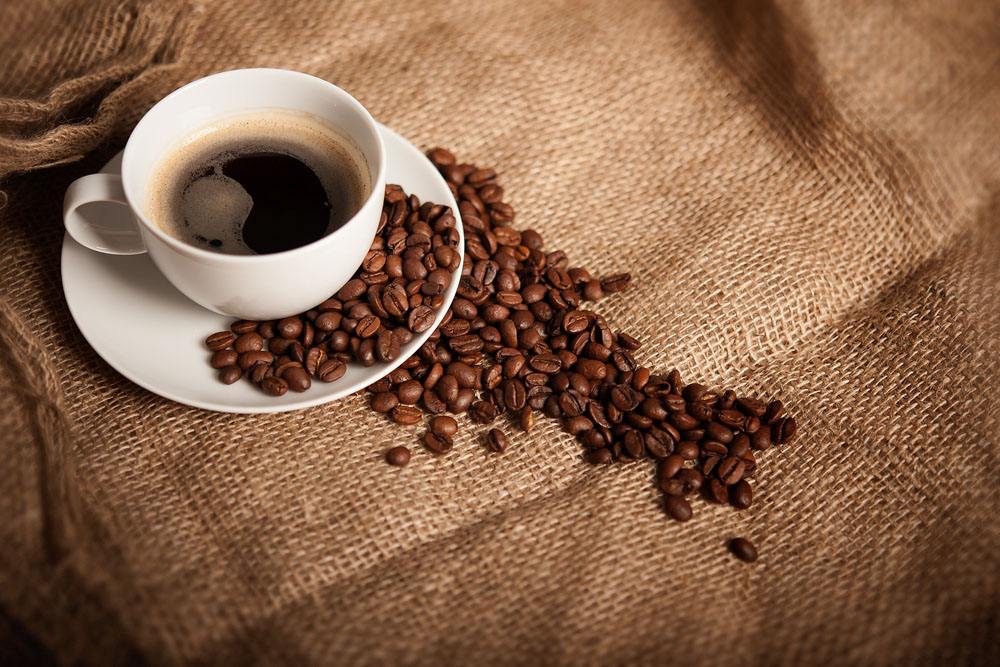The process of making Cuban coffee, the production of Cuban coffee
Follow the caf é (Wechat official account vdailycom) and found that Beautiful Cafe opened a small shop of its own.
The process of making Cuban Coffee
To brew Crystal Mountain Coffee, it is best to use a hand brew or American coffee maker, the water temperature is below 85 ℃, the match wind cooking method firepower is not too big, the time is not too long. When tasting coffee, because it is mellow, you can put more milk, but less sugar, usually two or three tablespoons (coffee cup spoon) is just right. Believe that its unique taste will leave a deep impression on you.

Cubans always add sugar before making coffee when they drink coffee. Because Cubans are convinced that the sugar soaked in coffee will be sweeter and the coffee soaked in sugar will taste better.
Coffee is a fragrant temptation, but it is sweet in Cuba. The practice of Cuban coffee is very simple, the composition seems to be no different from ordinary black coffee, but there is a small difference in steps. Grind the freshly roasted coffee beans moderately and put them in the funnel of the drip coffee machine. Then dig a small hole in the middle of the funnel. Add a layer of sugar to the pit and fill it up. Then make drip coffee according to the common method, and the final coffee will have Cuban flavor, more foam, and sweeter. The added sugar should be unrefined brown sugar.
The production of coffee in Cuba
The production season is from July 1 to June 30 of the following year.
108000 x 60 kg bags
100000 x 60 kg bags
88000 x 60 kg bags
2013: 107000 x 60 kg bags
101000 x 60 kg bags.
Cuba's coffee exports once played an important role, but they are now insignificant in Cuba's foreign trade. Coffee exports throughout the country are under the unified control of the Cuban Export Authority. By the beginning of this century, 92% of Cuba's coffee production was concentrated in the Sierra Maestra mountains, almost entirely under shade cultivation. The harvest season for coffee is from September to January, with peaks in October and November.
Cuba produces Arabica and Robusta coffee, which is mainly produced by small farmers. Cuba has been exporting organic coffee to Europe and Japan since 2003, and currently has 4000 hectares of organically certified plantations, mainly in the centre of the eastern region, producing about 93 tons at a price 40 per cent higher than regular coffee. According to FAO data, coffee cultivation in Cuba fell from 170000 hectares in 1961 to 28000 hectares in 2013.
Cuban coffee is purchased by the Coffee Export Administration from farmers at a uniform price set by the government, mainly to Japan and France, and in small quantities to Germany, the United Kingdom, Canada and New Zealand.
In Cuba, the average coffee supply per person is two ounces per person for 15 days.
Main origin:
Cuba has three main coffee producers: the BAracoa and Sierra Maestra Mountains in eastern Cuba, slopes and valleys at 1000-2000 feet above sea level, the Escambray Mountains in central Cuba, and Cuba.
Sierra del Rosario of Pinar Del Rio province in the west.
Province
Area
Pinar del R í o
Sierra del Rosario
Santi SP í ritus
Escambray
Santiago de Cuba/Granma
Sierra Maestra
Guant á namo
Sierra Maestra
Variety and grade:
The main varieties of coffee in Cuba are Arabica Typica, Bourbon, red and yellow Caturra, San Ram ó n, Villalobos. The grading of raw coffee beans in Cuba is different from that of other countries in the world, from high to low: Crystal Mountain, Extraturquino, Turquino, Altura, Montana, Cumbre, Serrano superior, Serrano corriente and Caracolillo (oval).
Important Notice :
前街咖啡 FrontStreet Coffee has moved to new addredd:
FrontStreet Coffee Address: 315,Donghua East Road,GuangZhou
Tel:020 38364473
- Prev

History of Cuban Coffee
Pay attention to coffee reviews (Weixin Official Accounts vdailycom ) and find a beautiful cafe to open its own small shop Cuban coffee introduction Crystal Mountain Coffee is synonymous with top Cuban coffee, because in addition to coffee cultivation in this area, quartz, crystal and other precious minerals are produced. Crystal Mountain Coffee is characterized by its large size and bright green color. its flavor
- Next

El Salvador location, El Salvador Coffee introduction
Follow the caf é (Wechat official account vdailycom) and found that the Beautiful Cafe opened a small shop of its own in El Salvador's geographical location: located in the north of Central America. It is bordered by Honduras to the north, the Pacific Ocean to the south, Guatemala to the west and northwest, and the Gulf of Fonseca in the Pacific to the east. The smallest and most populous country in Central America. The topography is dominated by mountains and plateaus, with many volcanoes and Shengan.
Related
- Detailed explanation of Jadeite planting Land in Panamanian Jadeite Manor introduction to the grading system of Jadeite competitive bidding, Red bid, Green bid and Rose Summer
- Story of Coffee planting in Brenka region of Costa Rica Stonehenge Manor anaerobic heavy honey treatment of flavor mouth
- What's on the barrel of Blue Mountain Coffee beans?
- Can American coffee also pull flowers? How to use hot American style to pull out a good-looking pattern?
- Can you make a cold extract with coffee beans? What is the right proportion for cold-extracted coffee formula?
- Indonesian PWN Gold Mandrine Coffee Origin Features Flavor How to Chong? Mandolin coffee is American.
- A brief introduction to the flavor characteristics of Brazilian yellow bourbon coffee beans
- What is the effect of different water quality on the flavor of cold-extracted coffee? What kind of water is best for brewing coffee?
- Why do you think of Rose Summer whenever you mention Panamanian coffee?
- Introduction to the characteristics of authentic blue mountain coffee bean producing areas? What is the CIB Coffee Authority in Jamaica?

